

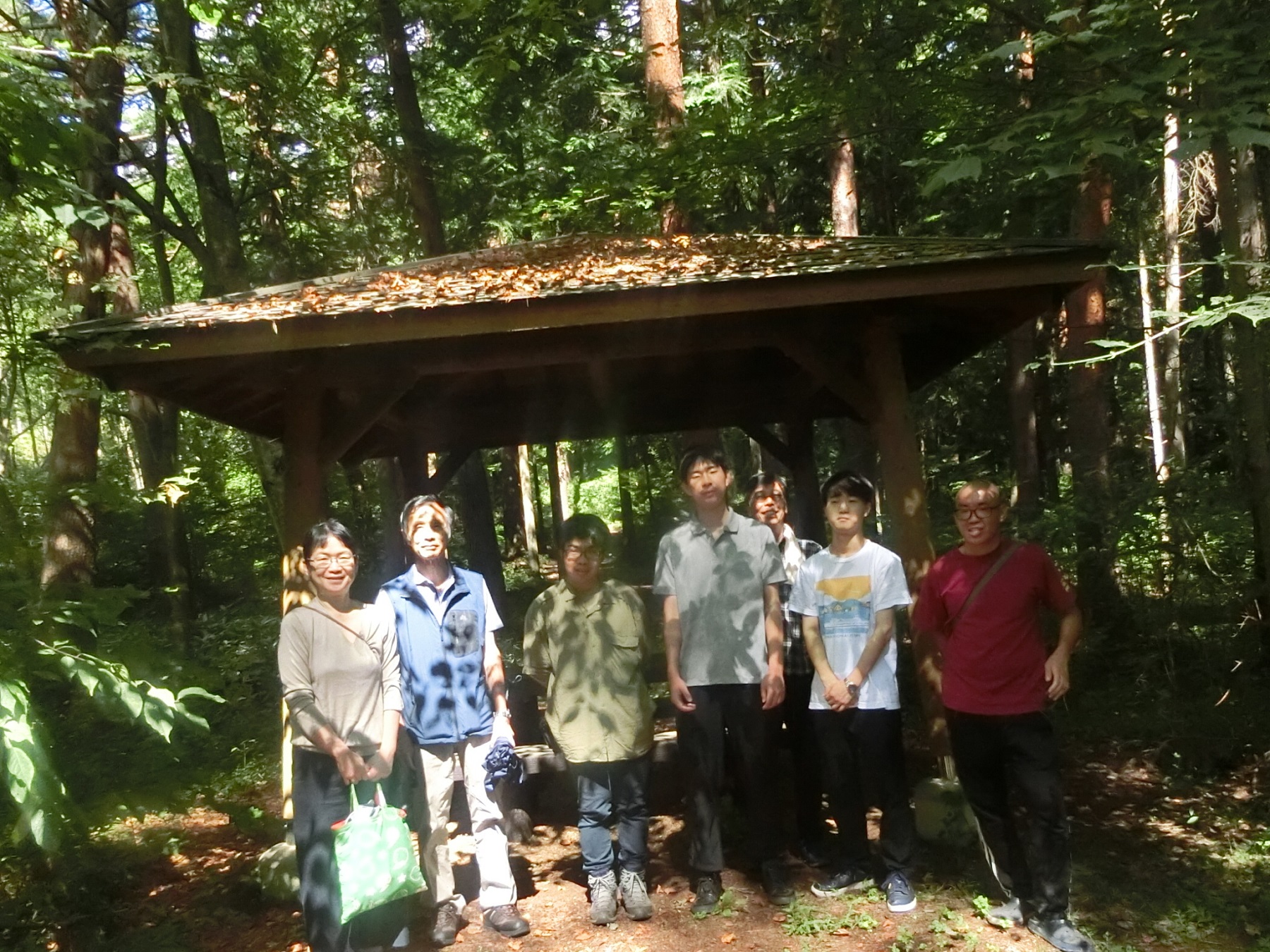
The second camp will be held in Ina City, Nagano Prefecture!
I learned about forests with students from Shinshu University.
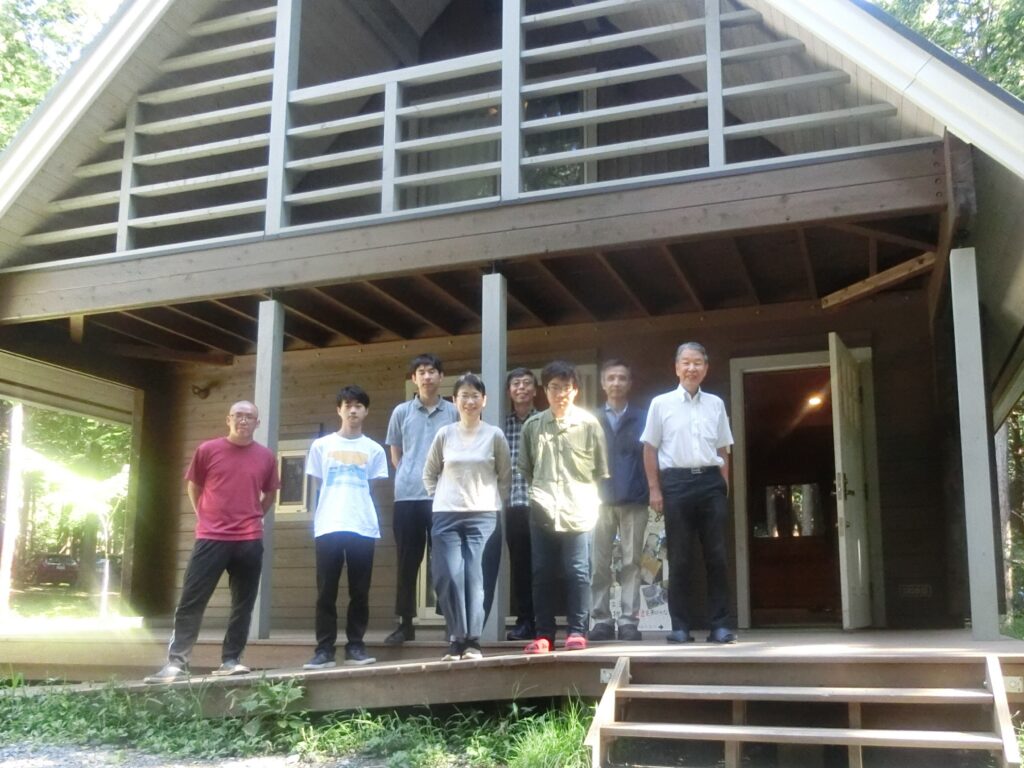
The second camp was held at Shinshu Oshiba Highlands, Nagano Prefecture for 2 days and 1 night (9/9-9/10)!
With the theme of forest conservation, what is the current state of forests in Japan?! It was a two-day event that emphasized seeing and learning about the real thing, using Ina City as an example. In addition, through interaction with local residents, the circle of youth eco has expanded!
On the first day, I introduced myself with excitement. I was able to listen to everyone’s activities, empathize with them, and learn new things.
For dinner, we had Shinshu’s specialties “Lomen” and “Sanzokuyaki”! Have you ever heard of “Lomen”? According to a student at Shinshu University, it is similar to yakisoba! All the participants were curious and ordered! My impression of the person writing this article was that the fried noodles had a lot of soup and the taste was a little thin.
The cottage I stayed at had a nice scent of wood and was refreshing as if I was spending time in the forest.
We held a YE committee meeting at the cottage. We mainly exhibited Eco Pro and lectured by Shinshu University.
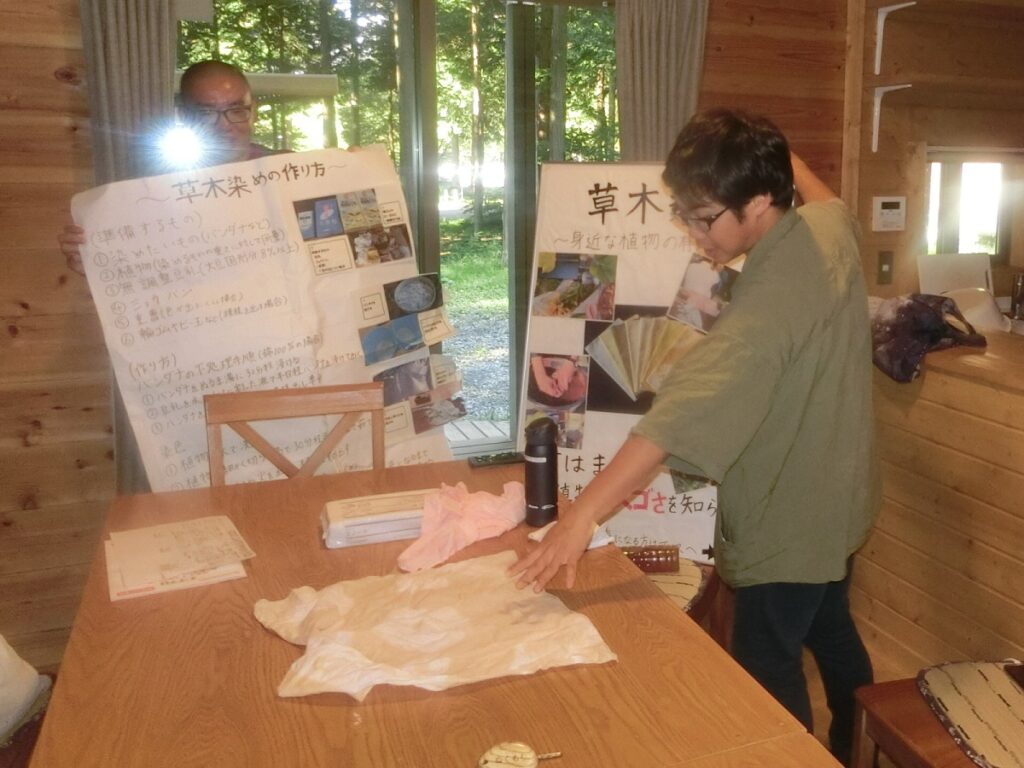
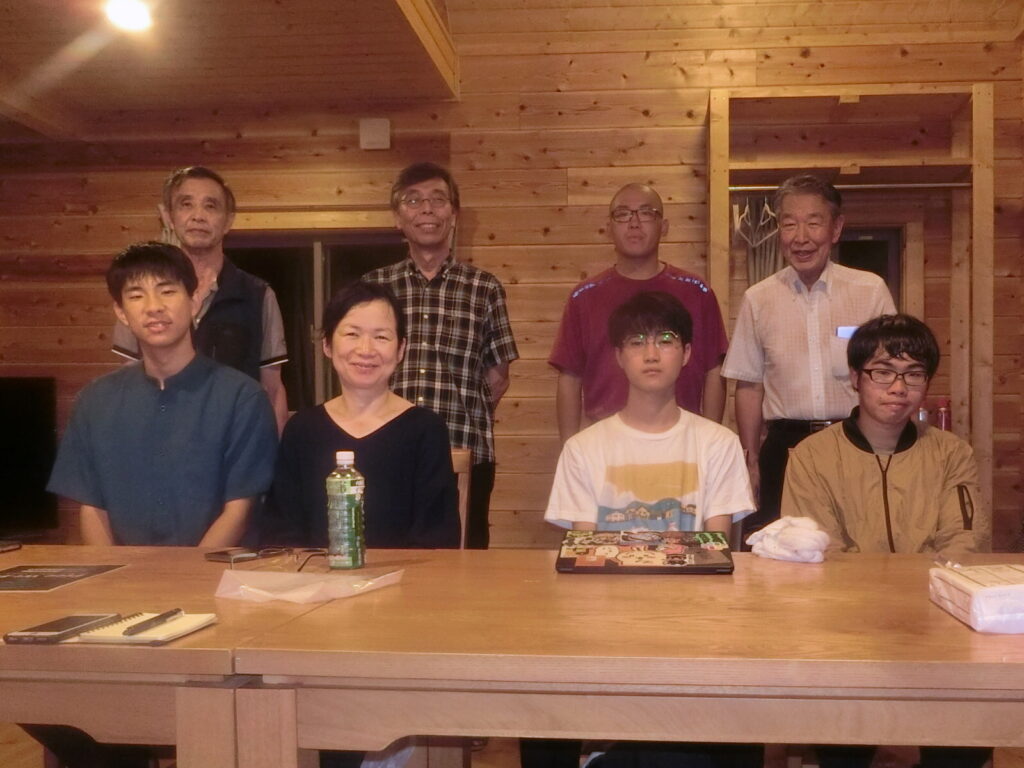
It is said that the pigment can be extracted from the skin of the onion and dyed into cloth! Naturally, you can use the peel of onions, which would normally be discarded, to make naturally-derived dyes. In addition to onions, you can boil down what you want to dye with water to extract the pigment. Also, it seems that you can dye the cloth vividly by soaking it in lukewarm water! You can actually do it at home, so please give it a try!
On the second day, we went to the Citizen’s Forest (Masumigaoka Flatland Forest)! The Citizen’s Forest covers an area of about 68 hectares and is a rare flatland forest in Japan. More than 70% of the tree species in the citizen’s forest are red pines, and it is said that a mixed forest is formed by conifers such as mackerel and cypress, and broad-leaved trees such as cosiabra and quercus. In addition, it seems that it is preserved so that it can be passed onto future generations as a common property of citizens. I was able to hear the chirping of birds, which is rarely heard in the city, and I was able to have a valuable experience. The most surprising thing was the bio-toilet. It seems that human waste (excrement) can be decomposed by microorganisms in the soil.
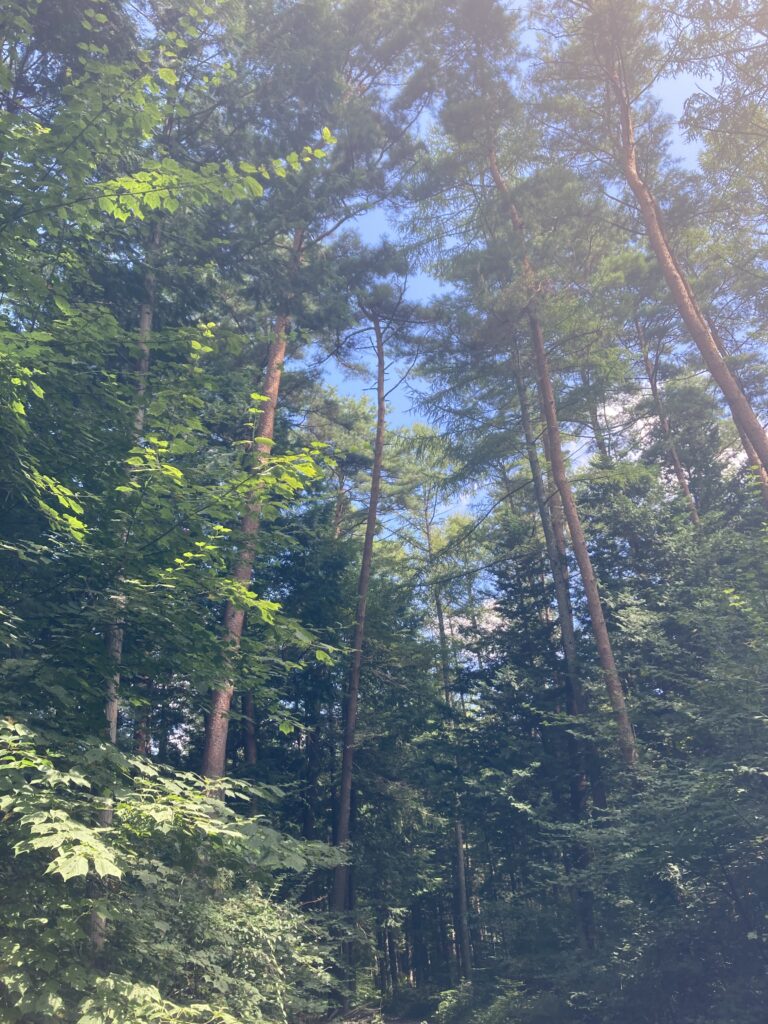

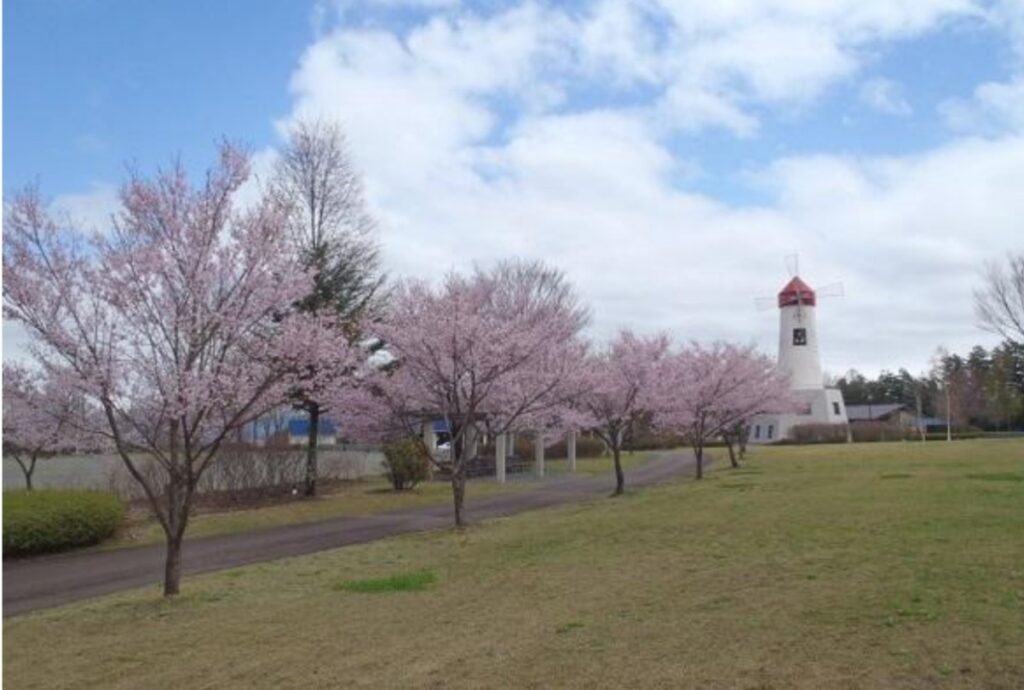
The “15th Poppo City” was held at Hatobuki Park! There were flea markets selling cold drinks such as lemonade and coffee, unheated raw honey, and clothes and toys.
Photo source: Ina City website
URL: 信州大芝高原